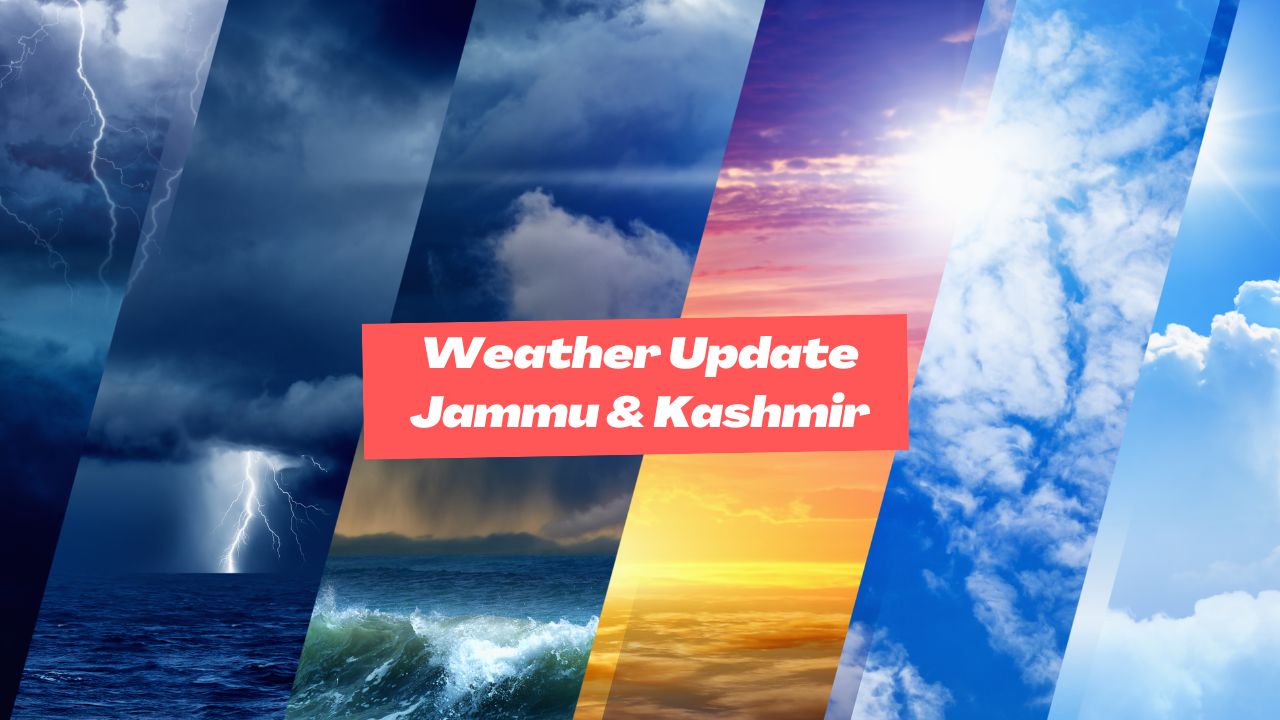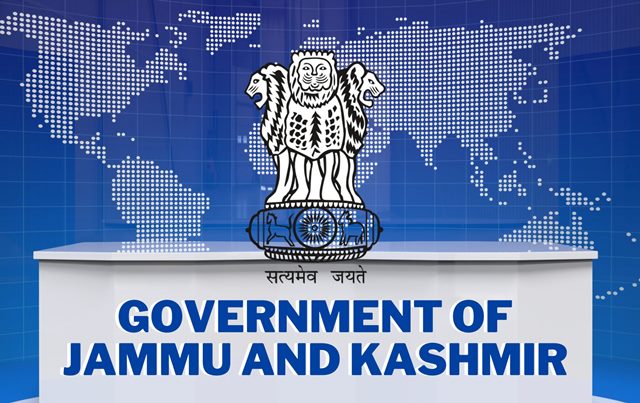Temperature Soars in Kashmir and Jammu Divisions
Jammu and Kashmir are currently experiencing an unusual spike in temperatures, with both day and night readings climbing significantly above the seasonal average. According to the latest reports from the Meteorological Department, maximum day temperatures in most parts of the Kashmir Division are soaring 8°C to 10°C higher than normal. In the Jammu Division, the temperature deviation ranges between 5°C and 7°C above the seasonal average.
Among the recorded highs, Muzaffarabad reported the highest maximum temperature in the Kashmir Division at a scorching 37.5°C. In the Jammu region, Mirpur topped the chart with a maximum of 36.5°C.
Night Temperatures Also Unusually High
The heatwave-like conditions are not limited to daytime alone. Minimum night temperatures have also remained above normal — by 3°C to 6°C in most parts of the Kashmir Division and 4°C to 6°C in Jammu. Pahalgam emerged as the coolest spot in Kashmir with a low of 5.6°C, while Bhaderwah registered the lowest in Jammu Division at 10.4°C.
This abnormal heat pattern is concerning for residents, particularly because night-time cooling has traditionally provided relief from daytime heat in the region.
Precipitation Update: Dry Spell Continues
The region recorded no precipitation over the past 24 hours, adding to the intensity of the prevailing warm and dry conditions. This absence of rainfall has contributed to drier soil and increased discomfort for the local population, especially in agricultural zones.
Weather Forecast: Wet Spell on the Horizon
Relief may be on the way, however, as the India Meteorological Department (IMD) has forecast a five-day wet spell across Jammu and Kashmir, starting Tuesday. While conditions are expected to remain largely dry over the next 24 hours, isolated light rain and thunderstorms are predicted across the Union Territory beginning tomorrow.
From April 9 to April 10, the Kashmir region is expected to see fairly widespread rainfall. In contrast, the Jammu Division will likely experience scattered showers between April 9 and April 11. The extended outlook suggests that this wet spell will continue through April 12, bringing some respite from the soaring heat.
Detailed Breakdown of Minimum Temperatures
- Pahalgam: 4.4°C (Lowest in Kashmir Division, 2-3°C above normal)
- Gulmarg: 6.0°C (Around 5°C above normal)
- Srinagar: 9.4°C (2.5°C higher than seasonal average)
- Bhaderwah: 11.1°C (Lowest in Jammu Division)
These figures highlight a persistent warming trend that has extended into the night hours, leading to discomfort and concern across both urban and rural areas.
Rising Day Temperatures Trigger Heatwave Concerns
Maximum daytime temperatures remain well above normal, especially in higher altitudes where such readings are unusual for early April. Most parts of the Kashmir Division have recorded highs 7°C to 9°C above normal. Similarly, the Jammu region continues to experience elevated temperatures, ranging from 5°C to 7°C above average levels.
Such conditions are not just anomalous but potentially hazardous for vulnerable groups, such as the elderly, children, and those with pre-existing health conditions. The combination of high daytime and elevated nighttime temperatures puts stress on public health infrastructure and raises the risk of heat-related illnesses.
Agricultural and Ecological Impact
This prolonged spell of abnormal warmth and dryness is likely to impact the agriculture sector, particularly in areas dependent on timely precipitation. The absence of rain and higher evapotranspiration rates can lead to soil moisture deficits, affecting sowing patterns and early crop development.
In ecological terms, higher temperatures could also disrupt the region’s delicate alpine and temperate ecosystems. From early snowmelt to altered blooming cycles, the impact may be felt long after this warm phase subsides.
Jammu and Kashmir are currently witnessing unusually high temperatures, with both day and night readings significantly exceeding seasonal norms. While the present dry spell continues to strain residents and the environment, forecasts of an approaching wet spell offer hope for much-needed relief.
As the region braces for upcoming rains, authorities and residents are advised to stay hydrated, avoid outdoor exposure during peak afternoon hours, and take necessary precautions to safeguard health and agriculture.

















